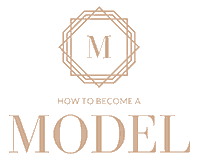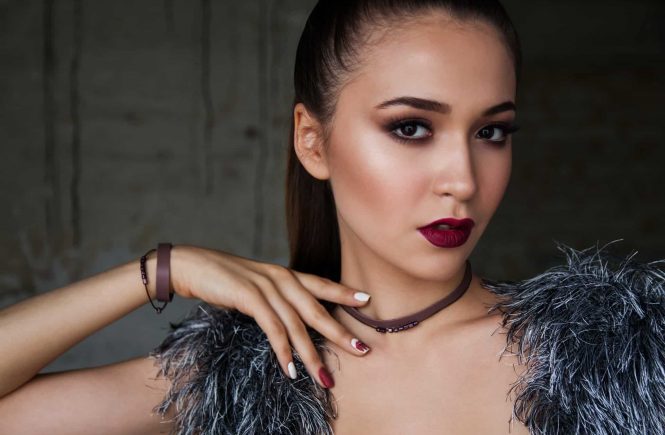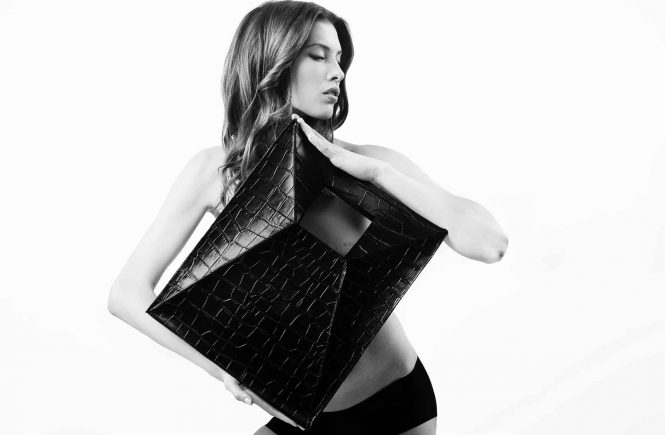There are lots of tips and truths that you’ll learn about the modelling industry as your career progresses, however, if you want to really fast track and become a better model faster, consider these seven top tips to being a better model.
Tip One: Get comfortable with the mirror.
You’re going to be spending a lot of time in front of the camera and a room full of strangers, posing and contorting your body in ways that wouldn’t be natural in any other circumstance – often, what looks good for the camera isn’t a natural pose (but on camera, it appears effortless… that’s the skill of modelling!). Make sure to spend time in front of the mirror perfecting your poses and learning how your body looks in various forms and angles. Then, when shooting, try to imagine your mirror behind the photographers’ camera and visualise how your body shapes may look to the photographer. As a rule of thumb, whatever is closest to the camera will appear the largest. If you lean in close with your face, your head will appear largest, If you tilt your waist backwards on the contrary, your waist will appear smallest… so consider what you hope to magnify, minimise and achieve in each image.
Tip Two: Don’t be a moth.
Notice when you’re starting to creep closer to the light in your photo… this will create dramatic light and shadow effects. Many models are tempted to move towards the light naturally but this can annoy your photographer who is trying to get a very specific spot. Make sure to take direction from your photographer – if they tell you to move your body in a way that doesn’t necessarily feel natural, don’t resist! They’re experienced and they’re seeing the angles that you’re not. It helps to have a basic understanding of how light works, for instance how shadows may be cast across your body and face depending on how you move. If you learn early on how light falls and your key light that makes you look the best, then you can work with this and create some gorgeous shots. Your photographer will also truly appreciate if you understand light!
Tip Three: Don’t squash your body parts.
What we mean by this is to create space between your limbs and body. To illustrate this, imagine a posing in a group photo. You’re at the end of the group and you push your arm into your chest while standing sideways… and when you see the photo, you’ll likely think, “Gosh my arm looks fat!”… but if you instead put your hand on your hip and create space between your arm and body, your arm will look thinner (this is commonly known as “skinny arm”). The same applies for literally any body part. Creating space creates an optical illusion of a slimmer appearance and squashing creates an optical illusion of a bulkier appearance. This small manoeuvre of a few centimetres makes a huge difference!
Tip Four: Don’t rotate your eyes too much.
As a guideline, follow the line of your nose with the direction of your gaze in order to keep your sight line central. When you over-rotate your eyes too much to any side, your eyes can look scary or too large! Similarly, understand how far you can turn your head before your jaw and nose look too prominent. Models will often pose with their heads at an angle (as it looks more coy and approachable, which is considered sexy) so understand the tipping point of this angle.
Tip Five: Fake your curves if you don’t have them naturally.
Even in thin models, a curvy silhouette is still sometimes required in shoots (with the body making an accentuated ‘S’ shape) so if you don’t possess natural curves, learn to move your body (for instance, by popping your hip) in a way that creates the illusion of curves.
Tip Six: Use your props to your advantage.
This includes your clothing! If you’re wearing a flowing garment, play with the movement of the garment and evoke the mood that you feel the garment designer is trying to portray. Similarly, consider the context of your location, as this will impact how you interact with it and how the photos that you get. Also, make sure that your poses are always complementary to what you’re trying to sell (if you’re wearing a form fitting dress, highlight your silhouette… if you’re wearing a flowing dress, interact with its movement).
Tip Seven: Have a kit of modelling basics, and take it with you everywhere.
This kit will be comprised of things like nude and/or black underwear, face wipes, moisturiser, makeup remover, safety pins and bobby pins, a straw for drinks (don’t ruin your lipstick!), water, snacks (like Glucojel Jelly Beans to give you energy), spare pairs of stockings for lingerie shoots, hairspray, a hairbrush, eyelash glue… anything that your hair or MUA might not have on hand. Or, on occasion, if your hair and MUA team have to leave the shoot before your part is done and you need a touch up – you don’t want to be caught short.
Above all, remember – if you’re pursuing the modelling dream, it’s because you love modelling and you want to succeed… so make the most of it! Have fun, be creative and never be afraid to ask for modelling tips and feedback for beginners or ask for help from those around you (especially those who are more experienced).
Be professional, work hard and stay humble and you’ll always be well respected by clients and agents alike!



